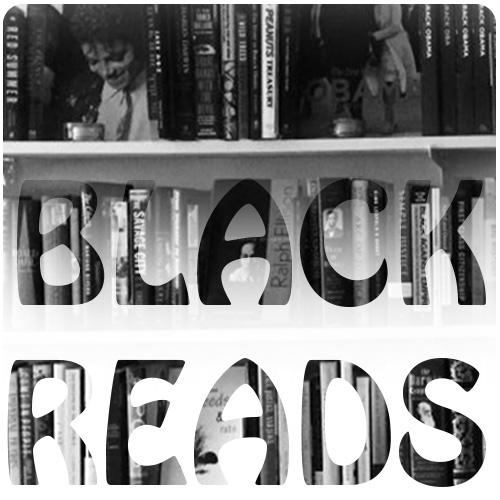MAFOOMBAY
It’s important that we all carve our own niche in this place. Explore what makes each one of us unique for that distinctiveness is what…

They say if you want to hide information from a Black person just put it in a book. And they did. Reading and writing, illegal for slaves, and at the punishment of death, revealed their malicious efforts but, slaves, under the cover of darkness, pride and beliefs, read, wrote and progressed. They knew enough to verbalize their pains and glory, singing spirituals, repetitiously harmonizing escape routes on the Underground Railroad and filling their souls with the voices of their ancestors all knowing that one day, someday, they’ll be able to dissertate their tales.

Two years before the start of the American Revolution while the country was about to fight for its freedom, while still enslaving Africans, Phyllis Wheatley published Poems on Various Subjects, Religious and Moral on September 1, 1773 in Britain. But, she wasn’t the first to write. Lucy Terry penned Bars Fight, a ballad on an Indian Attack in Deerfield, Mass. in 1746. Jupiter Hammon, a slave in Queens, NY wrote An Evening Thought: Salvation by Christ with Penitential Cries in early 1761. It got published, making him the first published Black writer in America.
Other authors, William Wells Brown wrote the first novel by an African-American, Clotel; or, The President’s Daughter in 1853, and Victor Sejour wrote La Mulatre, a short story. A freeman, he moved and published his story in France in 1837. In 1857, Frank J. Webb published The Garies and Their Friends. The first African-American novel published in the United States was Harriet Wilson’s Our Nig in 1859.
As slaves began freeing by the thousands, they wanted to tell their stories and born were many slave narratives that have survived insomuch to have created its own genre; The Slave Narrative. Works such as Uncle Tom’s Cabin, Aunt Phillis’ Cabin, The Sword and the Distaff, The Incidents in the Life of a Slave Girl and The Autobiography of Frederick Douglass are just a drop in the bucket of the nearly six thousand narratives written in this time period.
There was this underlying belief that if you want to deny me this, then I shall gain it; if its importance is defended by death, then my life is worth its gain.
Then the explosion: the Black Renaissance. Harlem.

Langston Hughes first published piece, The Brownie’s Book, set forth an era of Black culture that established the creativity of a people yearning to showcase its talents. James Weldon Johnson’s, The Book of American Negro Poetry, featured many Black writers including Hughes. Claude McKay went on to publish three novels, Home to Harlem, Banjo and Banana Bottom and even a non-fiction title, Harlem: Negro Metropolis, to add to the splendor of the burgeoning times. Zora Neale Hurston authored, Their Eyes Were Watching God in 1937 in addition to fourteen other books of various lengths. Many other authors burst onto the scene such as Jean Toomer who wrote Cane while Dorothy West penned The Living is Easy and Counteen Cullen’s poetry collections of Color, Copper Sun and The Ballad of the Brown Girl. Frank Marshall also delivered poetry with his collection Black Man’s Verse and I am the American Negro. The Blacker the Berry: A Novel of Negro Life was published in 1929, written by Wallace Thurman. Considered the cradle of Black Literature, the Harlem Renaissance gave birth and inspiration to the Civil Rights Era which displayed a continued theme of storytelling through the Black experience.

When you think of the voice of the era, you think of James Baldwin. His twenty books continued the narrative of what it is to be Black in America in works such as Go Tell It On the Mountain, The Fire Next Time and Another Country. Richard Wright also, with his novel Native Son, a story of Bigger Thomas looking for acceptance in Chicago. Ralph Ellison’s Invisible Man won the National Book Award in 1953, his only novel. Gwendolyn Brooks became the first African American to win the Pulitzer with her book of poetry, Annie Allen and the voice of the Black woman continued to shine through with Sonia Sanchez, Nikki Giovanni and playwright Lorraine Hansberry (A Raisin in the Sun).
I must add that most people remember Dr. Martin Luther King Jr. for his orator skills and his booming speeches but he penned, in my opinion, one of the greatest pieces that truly exemplified the struggles of Black people, A Letter from Birmingham (Why we can’t wait).
These authors have paved the way for the Black story and has opened the doors for many continuing writers that are grateful to be able to showcase their literary talents and give audiences a Black perspective to the written word. Reading is fundamental and once this last vestige of subjugation was dismantled, the knowledge and creativity that flowed forth has helped to preserve the history of our ancestors for generations to come.